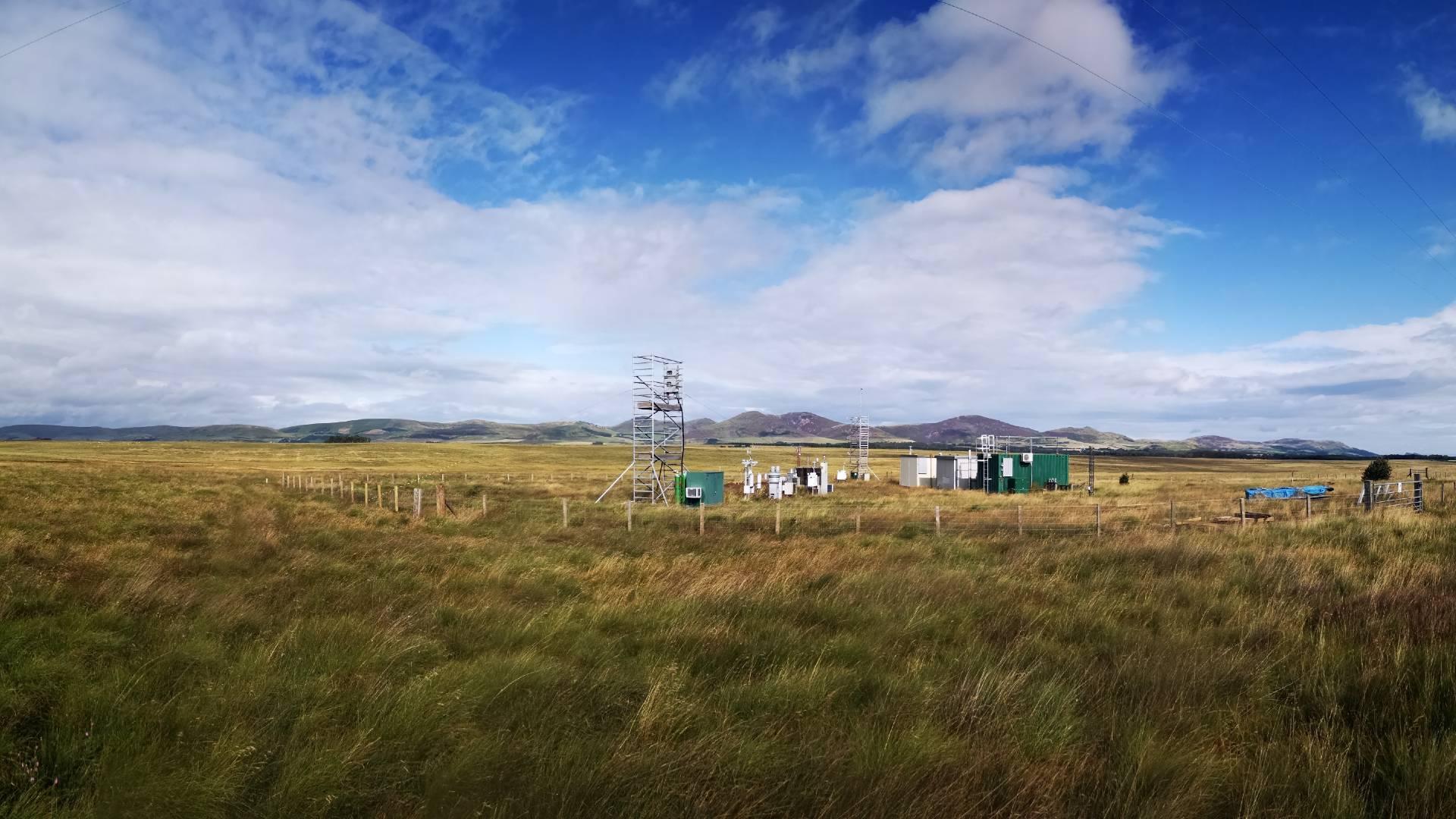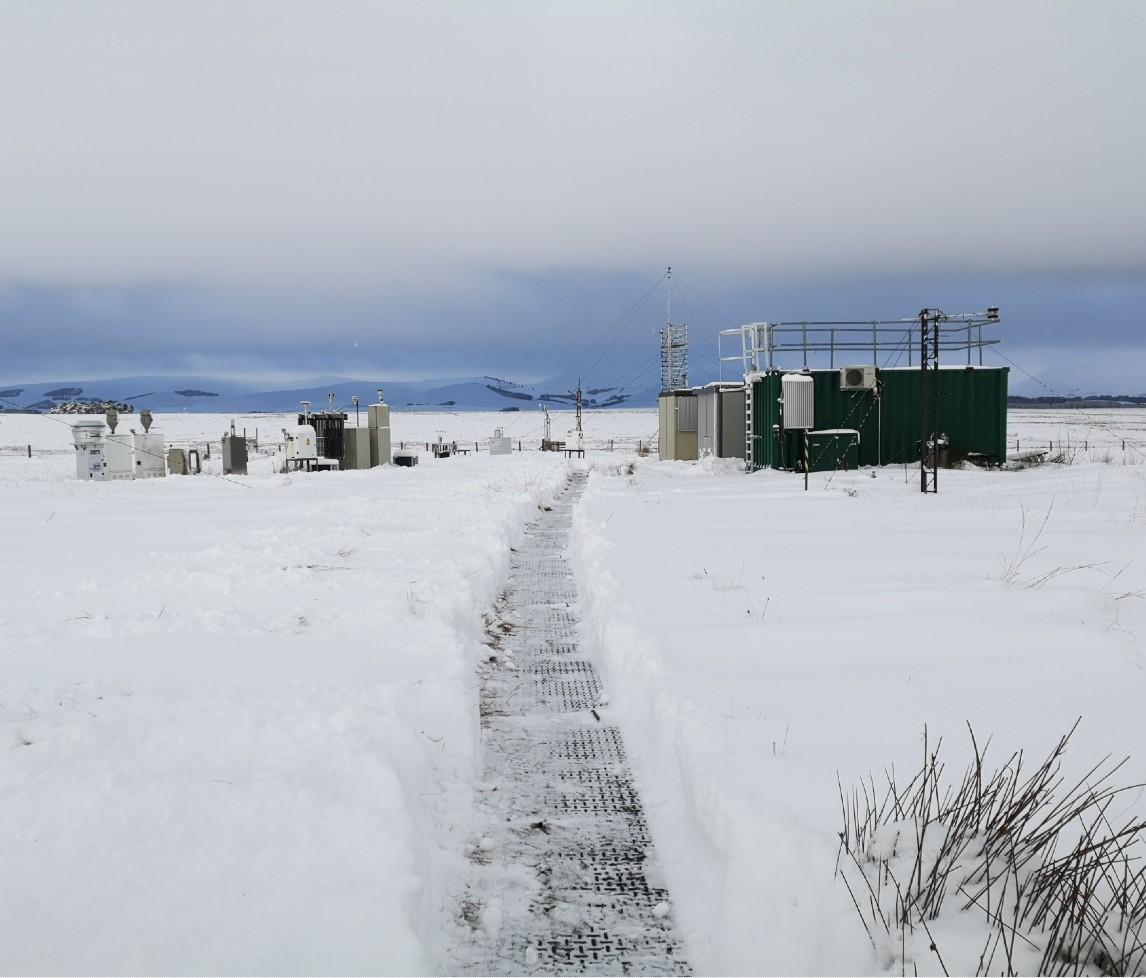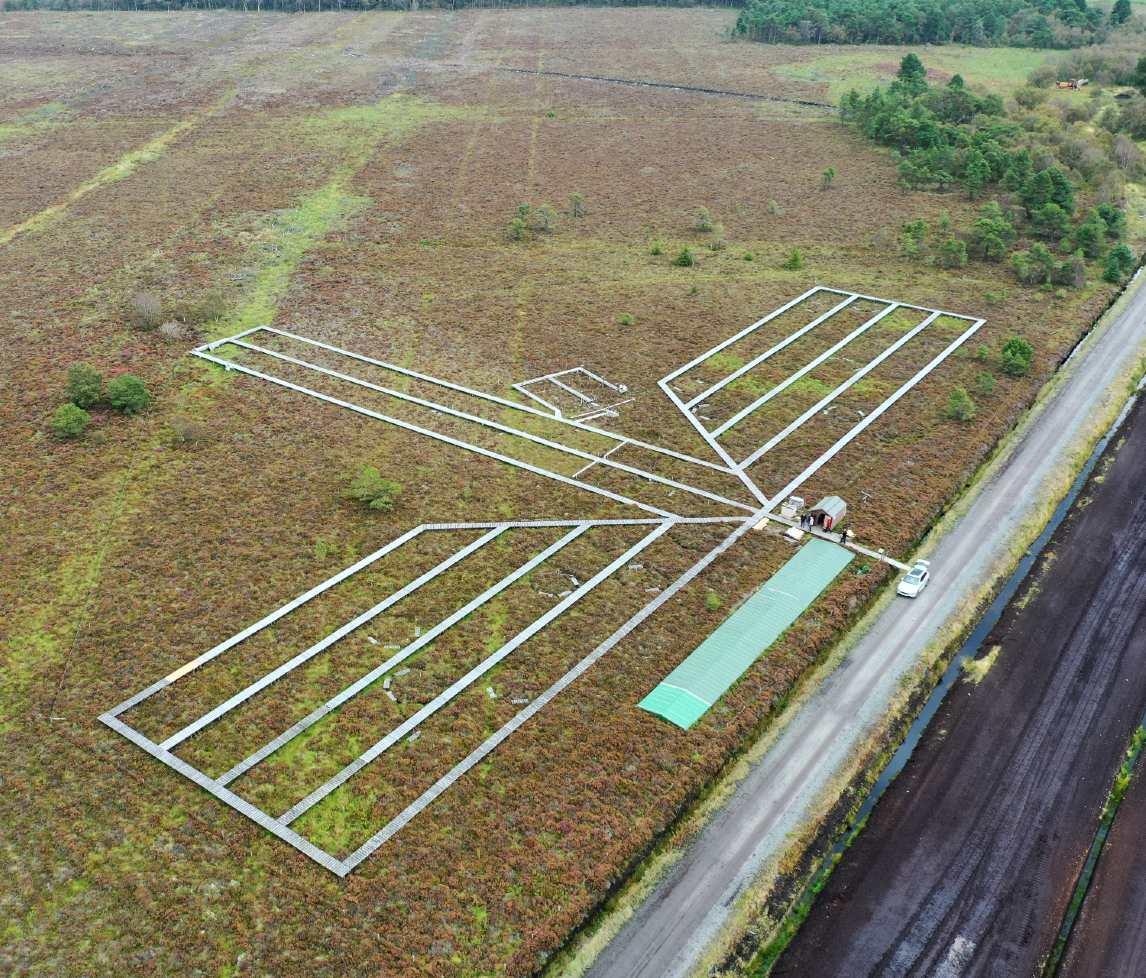Project summary
Auchencorth Moss research infrastructure and atmospheric observatory
Established in 1995, Auchencorth Moss has been used as a core field facility for research projects and measurement campaigns to study the long-term changes in atmospheric composition. Work at Auchencorth draws together UK, EU and global monitoring networks of air quality and ecosystem research; co-locating these observations is critical to understanding the interactions between the atmospheric components and ecosystems. Research is focused on nitrogen oxides, ozone, isoprene, photochemistry, aerosol composition and precipitation chemistry.
Auchencorth Moss is Scotland’s largest air quality monitoring station and one of two UK rural air quality supersites monitoring air pollution under the UNECE (United Nations Economic Commission for Europe) Convention on Long Range Transboundary Air Pollution (CLRTAP) European Monitoring and Evaluation Programme (EMEP). Auchencorth Moss is integrated into all the UK air quality monitoring networks for reporting to the Air Quality Directive, the EMEP programme and other environmental legislation. Auchencorth observations feed into international networks:
- World Meteorological Organisation – Global Atmospheric Watch (WMO-GAW) – Auchencorth is designated as a regional station providing high-quality data on the chemical composition of the atmosphere and meteorological parameters. This global network allows for a better understanding of natural and anthropogenic changes over time, and improves the understanding of interactions between the atmosphere, the oceans and the biosphere.
- Integrated Carbon Observation System (ICOS) – This European Research Infrastructure Consortium (ERIC) is a long-term climate and ecosystem research programme. Auchencorth Moss is the only ecosystem station in the UK. The measurements improve the understanding of the carbon cycle and greenhouse gas budgets in relation to ecosystem processes.
- ACTRIS (Aerosol, Clouds and Trace Gases Research Infrastructure) – ACTRIS is a research infrastructure which supports WMO-GAW science. ACTRIS is currently in the process of becoming an ERIC, and if the UK joins it will commit to a further 30 years of trace gas and aerosol data recording at Auchencorth.
- eLTER (Long-Term Ecosystem Research in Europe) – A developing Research Infrastructure focusing on long-term environmental trends and whole ecosystem research. It is also working towards becoming an ERIC. Air measurements made at Auchencorth Moss can be used to interpret ecological changes in Midlothian and across southern Scotland.
Auchencorth is listed in the UKRI InfraPortal and included on the UKRI research infrastructure roadmap, which includes large, long-term research facilities linked to European Research Infrastructures.
Through this integrated programme of work, Auchencorth Moss routinely reports over 300 chemical and physical properties of the atmosphere, with data publicly and freely available on UK-Air (DEFRA), the Scottish Air Quality database, the Natural Environment Research Council Data Repository for Atmospheric Science and Earth Observation (CEDA) and EBAS. The site is also able to host national and international scientists, universities, consultancies, and MSc/PhD students. Data from the site has been used in over 115 ISI published papers, and many government reports.


